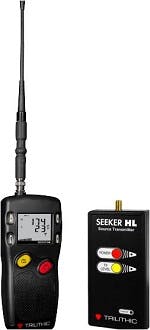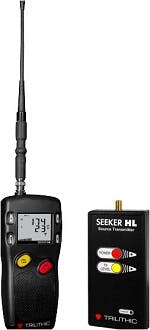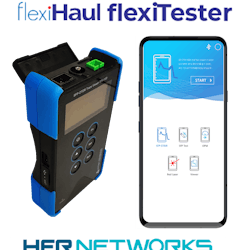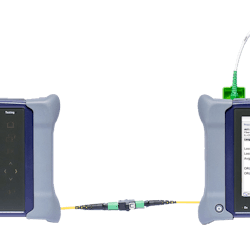Mitigation of signal leakage within the subscriber premises is essential for the successful operation of the subscriber's cable and cellular services.
To thoroughly evaluate the potential for interference to subscriber services, Trilithic has developed a patent-pending approach to signal leakage measurement that the company says will comprehensively test the aeronautical and LTE bands in both fully digital and analog cable systems. To meet the new measurement and sensitivity requirements, the Seeker HL monitors 138 MHz and 757.5 MHz simultaneously, supporting testing in both the aeronautical and LTE frequency bands. The Seeker HL replaces the cable service with two high output test carriers which pressurize the subscriber cabling, revealing any damage that may lead to service interruption from ingressing LTE carriers. The Seeker HL has two output levels: a +60 dBmV for home certification and a +40 dBmV output level should the subscriber network prove too porous for pinpointing the location of a leak at the higher transmit level. The displayed leakage levels are normalized by the Seeker HL receiver to reflect the value of the leak at nominal systems levels within the subscriber premise. The normalization of the measured and displayed leakage levels simplifies the evaluation of leakage severity and provides consistency for documentation of leakage levels in accordance with established industry practices. When using the higher +60 dBmV transmit level, the Seeker HL is able to locate signal leakage down to a normalized leakage level of 0.1 uV/m with a single flexible antenna, making it possible to locate and repair signal leakage levels far beyond the measurement range of conventional leakage detectors.






